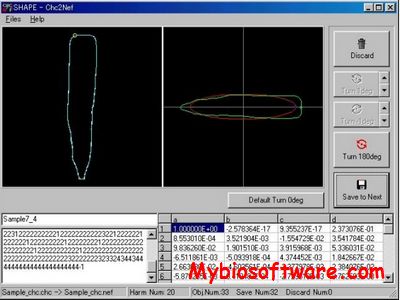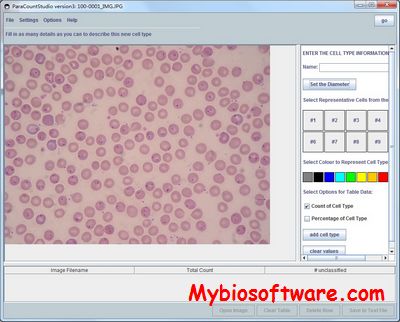APECS
:: DESCRIPTION
APECS (Apex Peptide Elution Chain Selection) is a proteomics method for intensity-based precursor ion selection, using a MALDI-TOF/TOF instrument, from a complex sample separated by 2D-LC
::DEVELOPER
NBIC (Netherlands Bioinformatics Centre)
:: SCREENSHOTS
N/A
:: REQUIREMENTS
- Linux / MacOsX / WIndows
- Java
:: DOWNLOAD
:: MORE INFORMATION
Citation:
J Proteome Res. 2010 Nov 5;9(11):5922-8. Epub 2010 Sep 30.
Apex peptide elution chain selection: a new strategy for selecting precursors in 2D-LC-MALDI-TOF/TOF experiments on complex biological samples.
Gandhi T, Fusetti F, Wiederhold E, Breitling R, Poolman B, Permentier HP.


